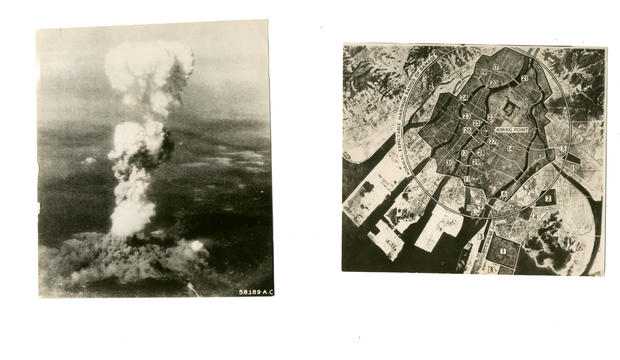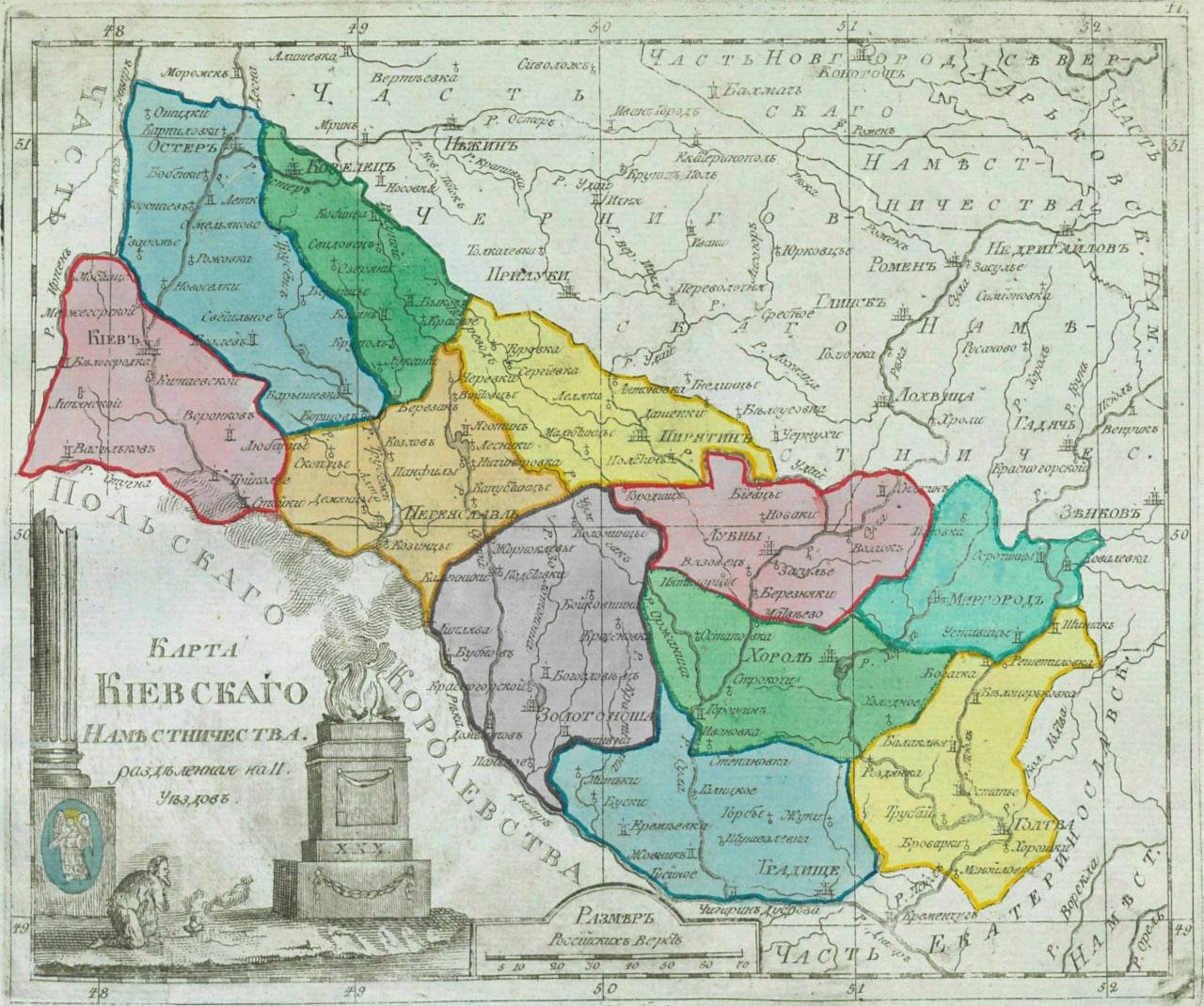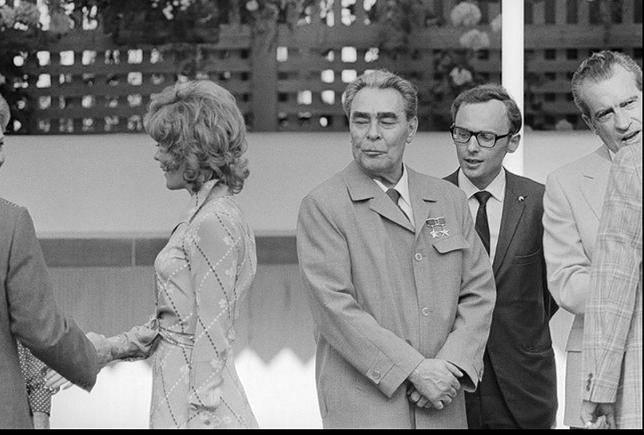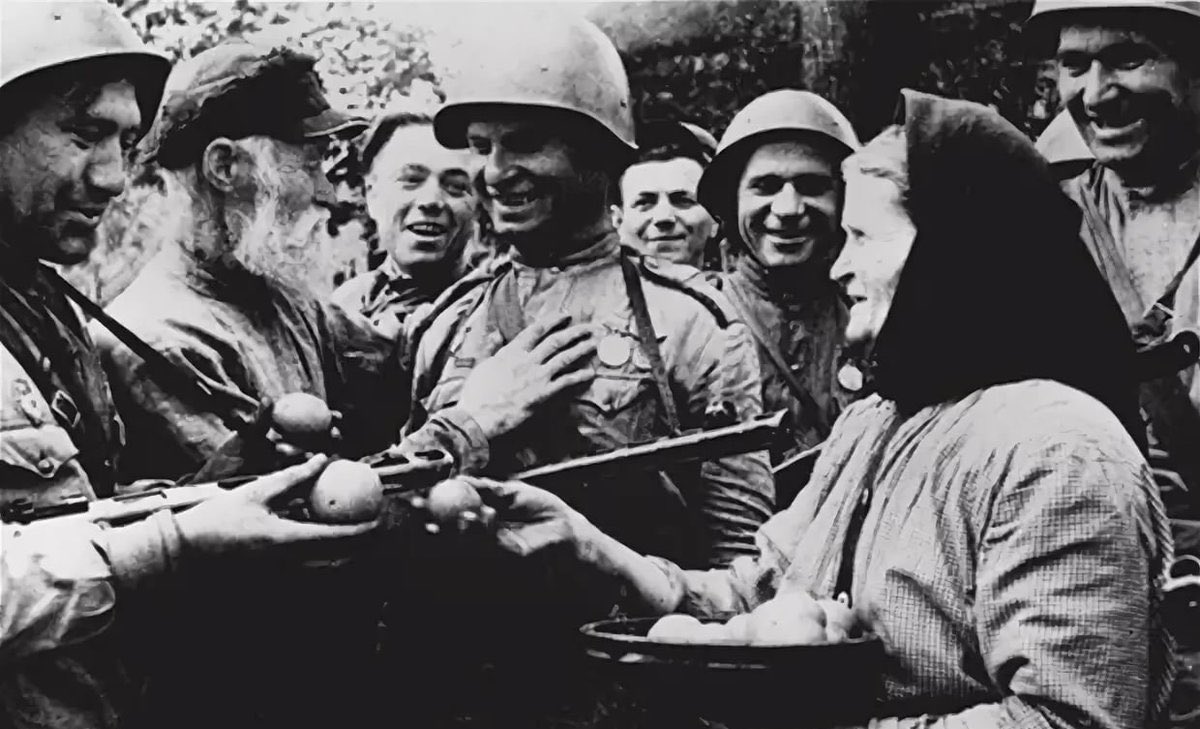in 79 the eruption of Mount Vesuvius buried the cities of Pompeii and Herculaneum under the ashes. Having landed on the shore in order to study the phenomenon and rescue the survivors, a well-known scientist and historian, at that time commander of the Misenum (based on the opposite shore of the Bay of Naples) fleet of the Roman Empire, prefect Gaius Pliny Secundus (aka Pliny the Elder), dies (according to various sources - from suffocation or from a heart attack). Since then, such catastrophic eruptions have been called Plinian.
In 410, after a long and extremely difficult siege for the townspeople, the Visigoths led by Alaric I broke into Rome. Legends offer different versions of this event, but they agree on one thing: slaves opened the gate. The city was subjected to devastating looting, after which Alaric moved south.
in 1572, or rather, on the night of 08/24/1957 (St. Bartholomew's Day) in Paris, Catholics staged a massacre of Protestant Huguenots (the so-called Bartholomew's Night). On St. Bartholomew's Night and in the following days, from 3 to 10 thousand people were killed in Paris.
After St. Bartholomew's Night, about 200 thousand Huguenots fled to neighboring states
In 1814, the English detachment of Robert Ross and the marines of James Cockburn entered the American capital - Washington.
On the evening of August 24, the first companies of the British showed up at Capitol Hill. Ross sent parliamentarians to the city under a white flag to discuss the terms of surrender, but at the intersection of Maryland Avenue and Constitution Avenue, the British were shot at point-blank range by American militiamen. After that, all sentiment was discarded, the marines and infantry stormed into the city and set it on fire.
While British troops were arriving from the east in orderly columns, in the south of the city, its residents and the country's leadership were leaving the capital in panic. Before fleeing, officials plundered the treasury of the National Bank, as well as part of the bonds of the Federal Treasury. Only Dolly Madison, the president's wife, was able to bring out some of the important documents and valuables.
On the morning of the 25th, Cockburn's ships approached the pier on the Potomac. The sailors who landed on the Arlington Bridge joined their fellow infantrymen at Capitol Hill, and began to decide what to do next. The officers conducted a tour of the still unfinished White House. In the hall of the House of Representatives, Cockburn sat down in the speaker's chair, closed his eyes a little, and then asked a simple question: "Shall this harbor of Yankee democracy be burned?" The British Marines with him yelled «Aye!».
At 22.30 pm on August 25, against the backdrop of the burning Capitol and the building of the Ministry of Finance, infantry and Marines paraded in the drizzling rain. The shipyards on the Potomac were also burned down along with the ships (the 44-gun super-frigate Columbia and the 16-gun brig Argus were just being completed there, and the 28-gun Boston and 36-gun New York were also being repaired, although for almost 10 years now). On the morning of the 26th, a raid was made on Alexandria (Virginia), where the richest stocks of provisions and ammunition were looted and burned. On the same day, the soldiers and sailors boarded the ships and sailed to the mouth of the Potomac.
In 1938, during the Second Sino-Japanese War, the 1st attack on a civilian airline aircraft took place in history, when a DC-2 "Kweilin" of the Chinese national airline CNAC (together with Pan American) with 18 passengers on board was attacked by Japanese fighters. It is believed that this was an attempt on the life of Sun Fo, the only son of Sun Yat-sen. After the DC-2 made an emergency landing on the water near Hong Kong, it was fired at by fighter jets and sank. Three escaped, including pilot Hugh Woods.
The aircraft was later raised, restored, renamed Chunkin, and flew until it was shot by the Japanese a second time on October 29, 1940 immediately after landing in Yunan, killing 9 people, including pilot Walter Kent.







